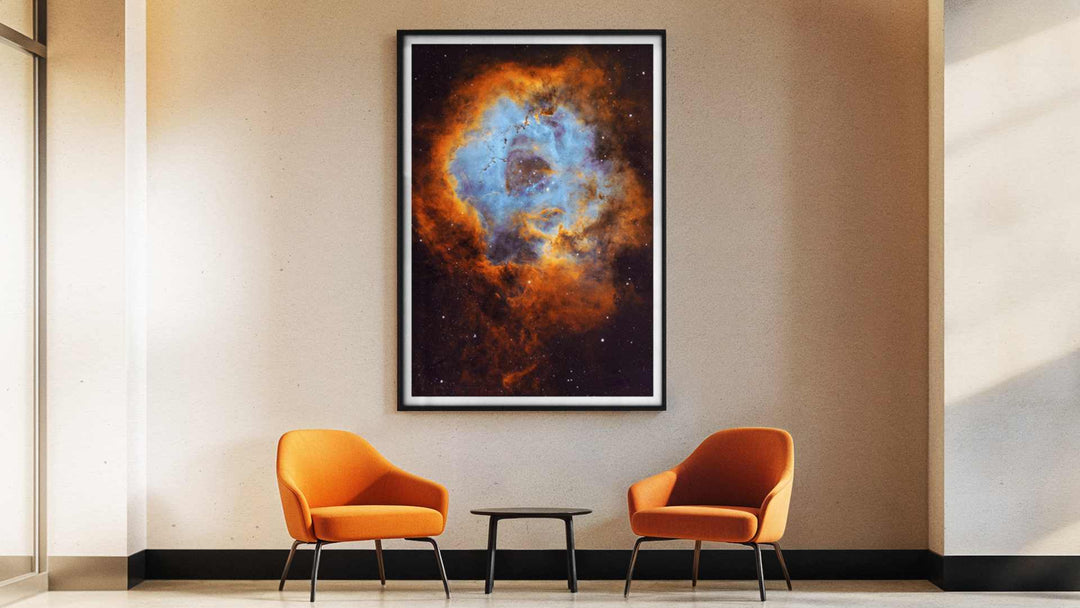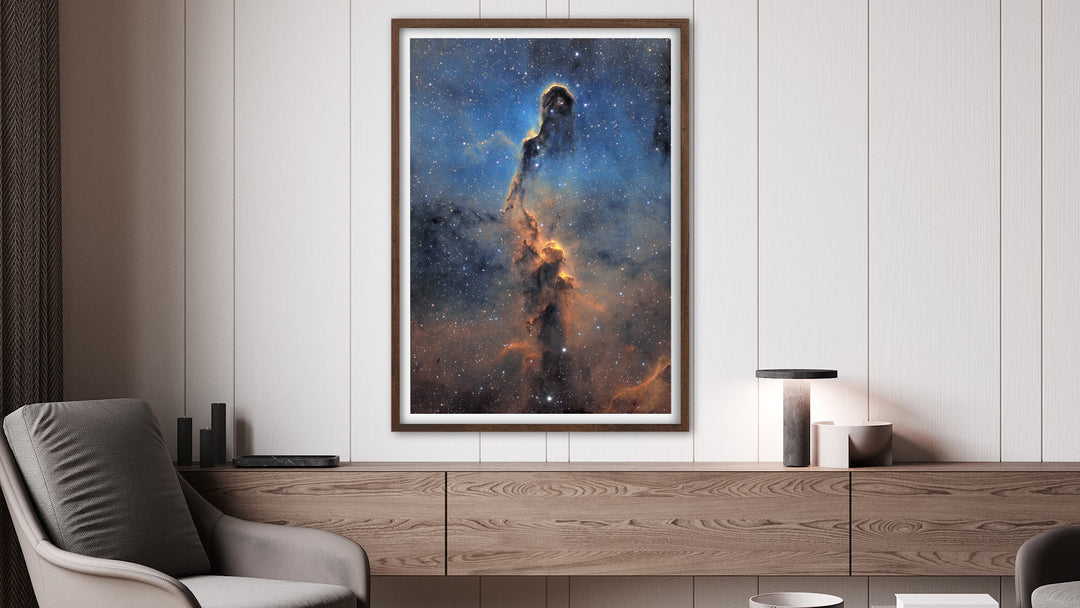The Portal to the Cosmos
At 13,803 feet (3900 meters) above sea level, where 40% of Earth's atmosphere lies below you, a road winds upward through volcanic rock toward thirteen observatory domes that peer deeper into space than almost anywhere else on the planet.
Above that road? The stars circle.
Not random motion—precise geometry. Three hours of Earth's rotation compressed into one image, with every star tracing its arc around Polaris, the North Star. The celestial pole sitting directly above Mauna Kea's summit, as if the entire universe is rotating around this sacred Hawaiian mountain.
Polish astrophotographer Łukasz Remkowicz captured this from 12,800 feet elevation, standing in near-freezing temperatures (while sea-level Hawaii basked at 86°F), above the cloud layer, watching Earth spin beneath the clearest skies accessible by road anywhere on the planet.
The result? A stargate. A portal. A visual proof that we're on a rotating sphere hurtling through space at 1,000 miles per hour—and the mountain that brings us closest to understanding it all.

Where Earth Meets Universe
Mauna Kea isn't just tall—it's the place for astronomy.
The summit sits above 40% of the atmosphere. The air is bone-dry (humidity near zero). Light pollution is minimal and strictly regulated. The summit experiences over 300 clear nights per year. Atmospheric turbulence is exceptionally low, producing median seeing of 0.43 arcseconds at some sites.
It's why eleven countries invested over $2 billion to build observatories here. Why Keck Observatory's twin 10-meter telescopes discovered the first exoplanets and mapped distant galaxies. Why Subaru Telescope's 8.2-meter mirror produces some of the sharpest ground-based images in astronomy. Why astronomers discovered the accelerating expansion of the universe using data gathered from this mountain.
But reaching the summit comes at a cost.
Remkowicz felt it: the drive from Visitor Center at 9,200 feet to 12,800+ feet, the immediate altitude effects—dizziness, weakness, every movement requiring deliberate effort. At this elevation, your blood oxygen drops to 60% of sea-level values. Simple tasks become exhausting. Decision-making becomes impaired.
Yet standing there, above the clouds, watching the stars circle overhead while the access road leads toward the summit? That's when you understand why astronomers endure the altitude. Why indigenous Hawaiians consider this mountain sacred. Why this place connects Earth and cosmos like nowhere else.
The Geometry of Rotation
Star trails aren't artistic license—they're actual documentation of Earth's rotation.
Set up a camera. Point at Polaris (which sits almost exactly at the celestial north pole, only 0.7 degrees off). Open the shutter for hours. Or, like Remkowicz, take hundreds of short exposures and stack them to simulate one long exposure.
The Geometry of Rotation
Star trails aren't artistic license—they're actual documentation of Earth's rotation.
Set up a camera. Point at Polaris (which sits almost exactly at the celestial north pole, only 0.7 degrees off). Open the shutter for hours. Or, like Remkowicz, take hundreds of short exposures (he made a 360)and stack them to simulate one long exposure.
What happens? Every star traces a circular arc around Polaris. Stars close to Polaris make tight little circles. Stars farther from the pole trace longer arcs. And if you capture enough rotation (Remkowicz got 3 hours), you see the complete geometric pattern—concentric circles centered on the point where Earth's axis, extended into space, intersects the celestial sphere.
This is what ancient astronomers saw. What navigators used to find north. What Galileo documented as evidence that Earth rotates. And what we still see today when we stand on a mountain tall enough to rise above the haze and clouds that usually hide it.
The road leading toward that center point? That's composition. That's visual storytelling. Your eye follows the road upward, past volcanic rock, toward the distant summit—and then continues into the sky, where the star trails all converge on that same point. Earth's axis made visible. The mountain and the cosmos aligned.
Technical details:
- Location: Mauna Kea, Hawaii
- Canon EOS R
- Canon RF 15–35 at 15 mm
- Exposition: 360x30s
The Astrography Standard: Defining the Astroscape
At Astrography, we seek out images that are both technically brilliant and conceptually powerful.
"Stargate Above Mauna Kea" is a masterpiece of astrolandscape, showcasing the dedication required to capture the stars from this high-altitude environment, where temperatures contrast sharply with sea level.
It is a simple, clear, and powerful composition that speaks volumes about exploration, science, and our place beneath the turning heavens.
Who This Print Is For
-
Astronomy enthusiasts who dream of Mauna Kea: This is the astronomical site. If you've ever wanted to visit, if you've read about the telescopes, if you know what Keck and Subaru have discovered—this image shows you the place. Not just the domes (which fill other photos), but the experience. The road. The altitude. The stars circling above the summit.
-
People who love geometric beauty: Those perfect concentric circles. The precision of Earth's rotation documented in starlight. The road providing a leading line toward the convergence point. This is mathematical elegance rendered as art—physics and composition working together.
-
Hawaii lovers and Big Island visitors: Know Mauna Kea? Driven the road? Felt the altitude? This image captures what you experienced—the sacred mountain, the extreme elevation, the stars clearer than anywhere else you've seen them. It's memory and majesty combined.
-
Science educators: This is textbook-quality documentation of Earth's rotation. Show this to students and suddenly "the Earth spins at 1,000 mph" becomes visible. Those star trails prove it. That central point shows where our rotational axis aims. One image, countless lessons.
-
Adventurers and explorers: This road goes somewhere most people will never reach. 13,803 feet. Above 40% of the atmosphere. Where oxygen is thin and every step is deliberate. The access road to humanity's window on the universe. If you love images that document extreme places, this delivers.
-
Gift seekers for astronomers or physicists: Know someone obsessed with telescopes? Someone who works in astronomy or dreams about it? Someone who can recite Keck's discoveries? This is the mountain they revere. The site that changed astronomy. Now on their wall with star trails proving why this place matters.
-
Interior designers working with dramatic landscapes: The road provides leading lines. The star trails create circular motion. The volcanic rock anchors the bottom. The color palette—deep blues, earth tones, stellar whites—works in modern spaces, observatory-themed rooms, anywhere you want to bring cosmic scale indoors.
Two Formats, One Stargate
-
Fine Art Print (200+ year lifespan): Museum-grade archival paper with pigments tested for centuries. Investment-quality printing that preserves both the delicate star trails and the dramatic volcanic landscape. Your descendants will see Mauna Kea's stargate exactly as Remkowicz captured it.
-
Poster Print: Same stunning geometry, same three hours of Earth's rotation, accessible pricing. Perfect for classrooms, dorm rooms, anyone who wants proof that we're spinning through space without fine-art investment.
Both formats ship ready to frame. We handle the challenging dynamic range—from bright star trails to dark volcanic rock to subtle sky gradients. You just choose your size and where the stargate opens.
Ready to transform your walls?
Łukasz Remkowicz spent three hours at 12,800 feet capturing Earth's rotation above the world's premier astronomical site. We'll make absolutely sure your print honors both the mountain and the cosmic geometry it reveals.
Because Mauna Kea doesn't just reach toward the stars. It shows us we're already spinning among them. Don't just look at the sky. See the universe in motion. Add this "Stargate" print to your collection today.

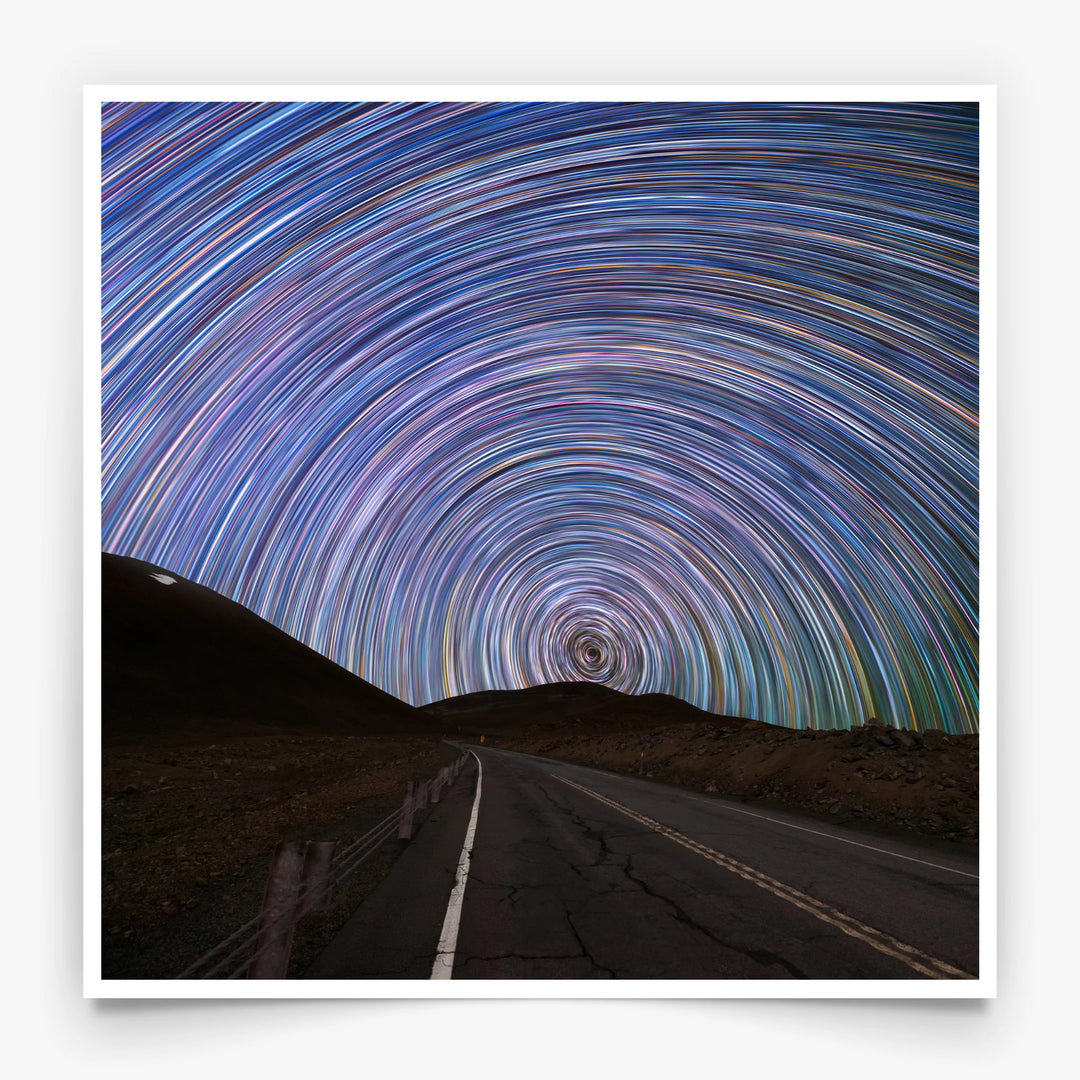
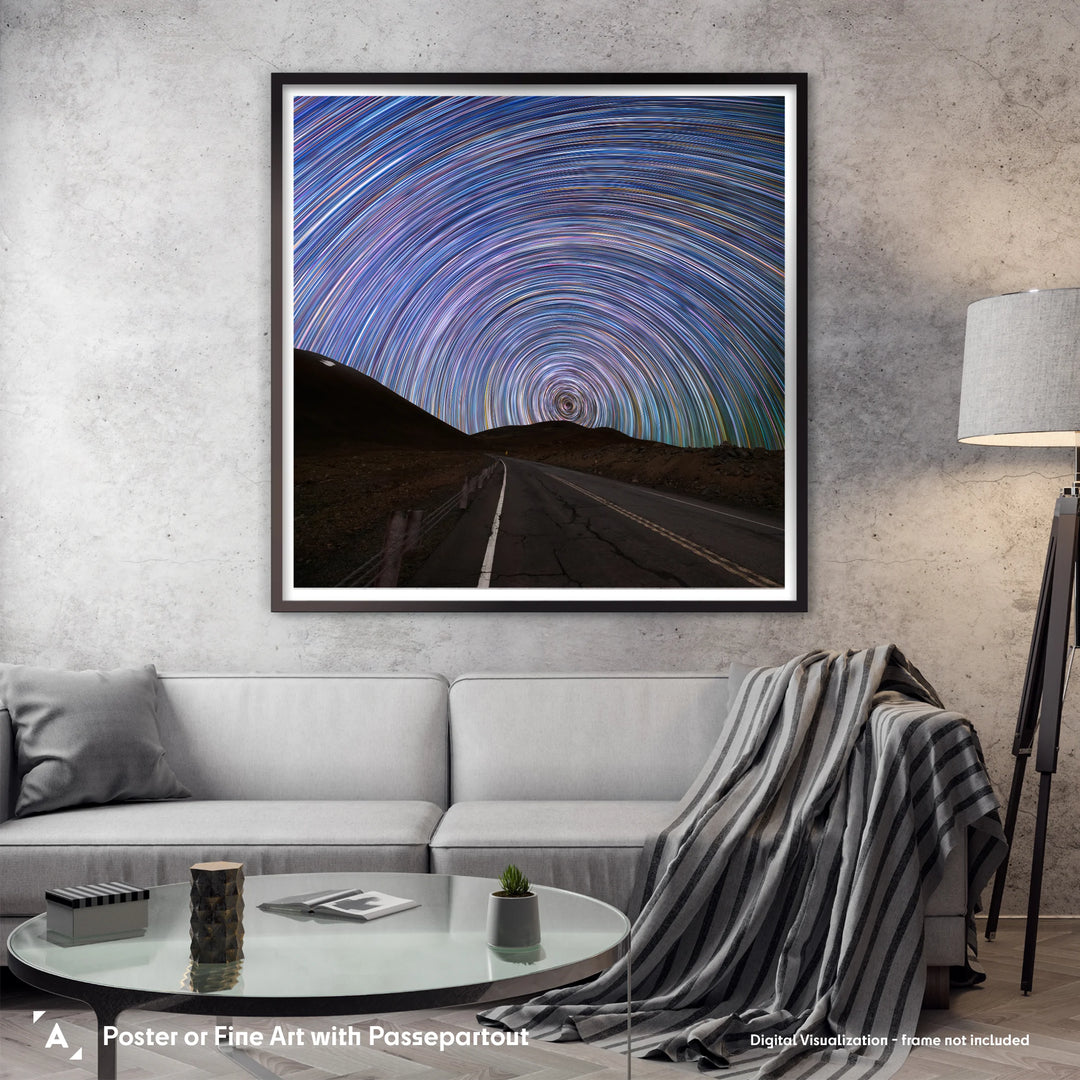
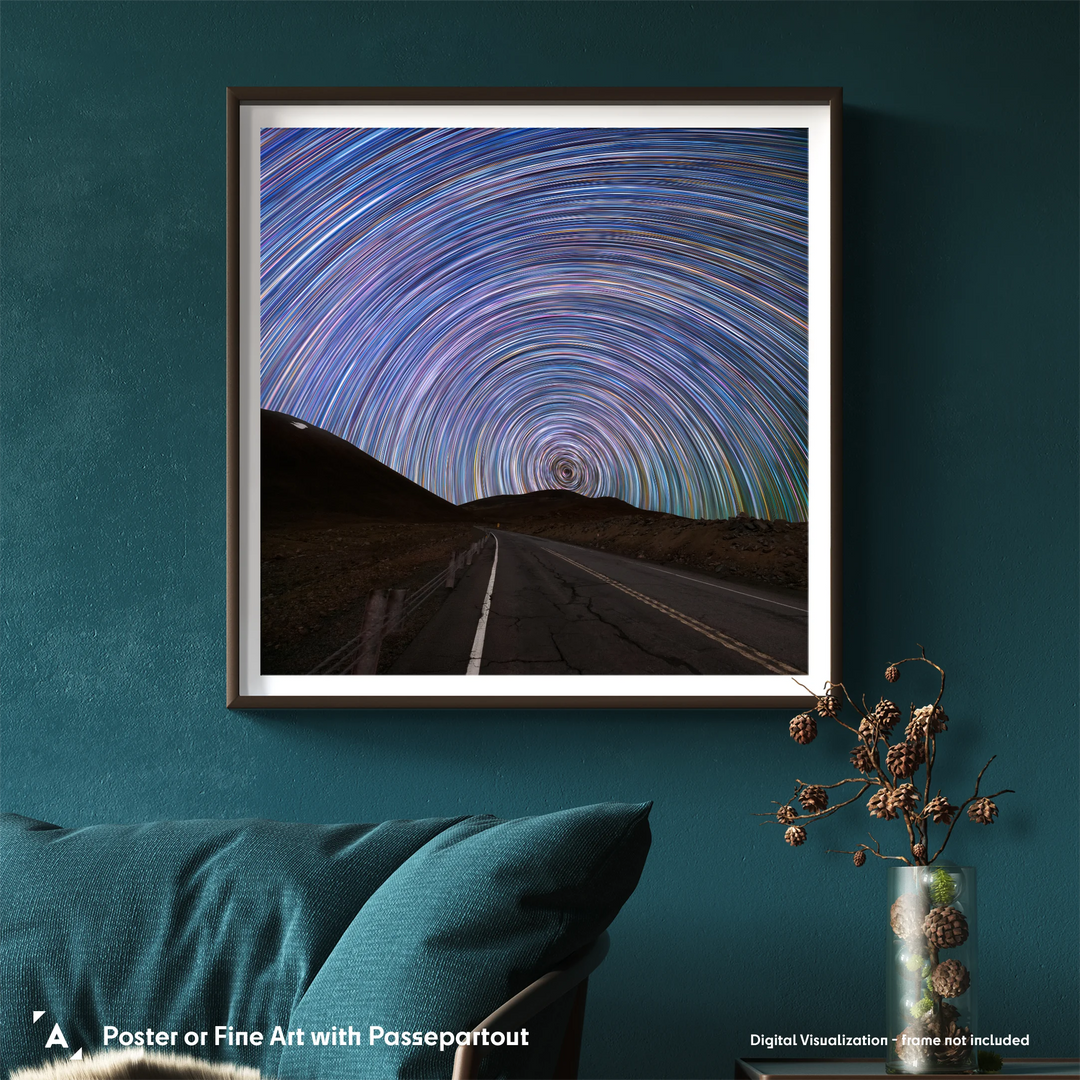
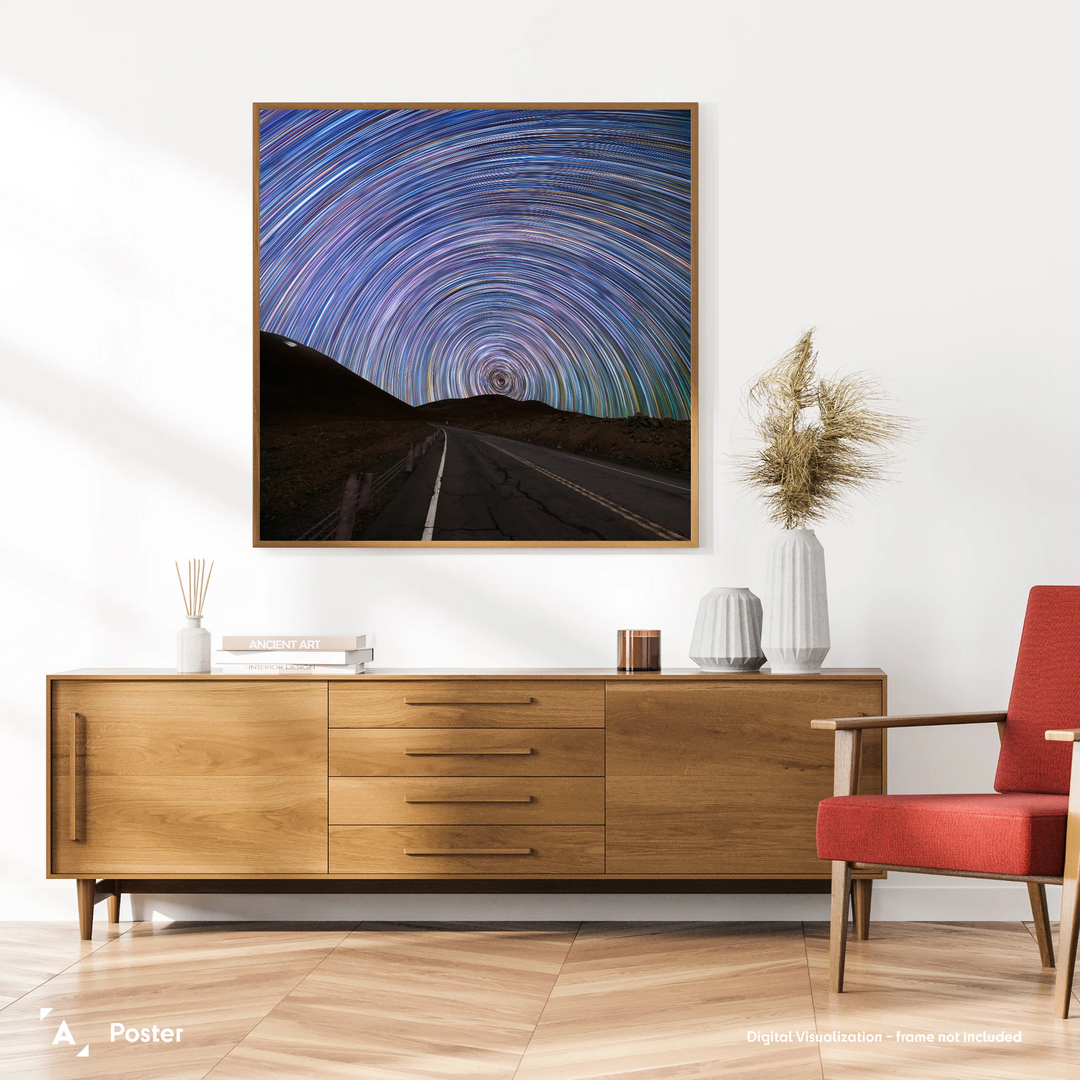
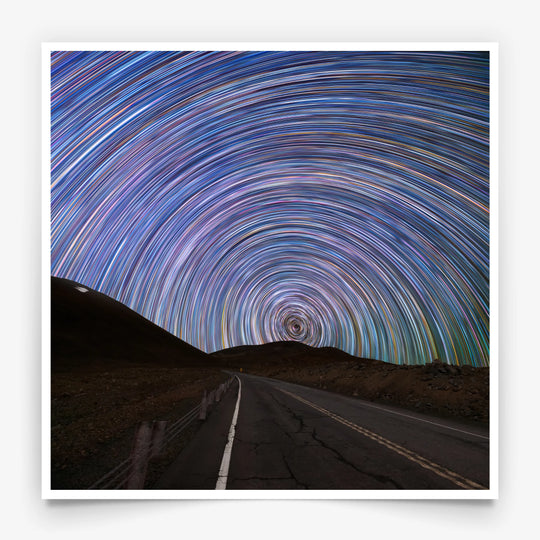
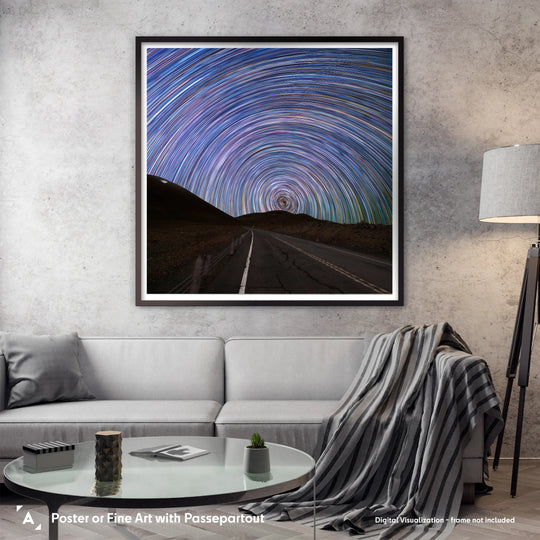
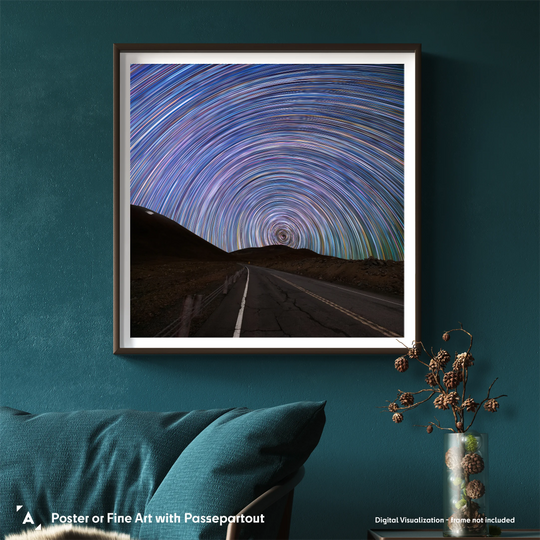
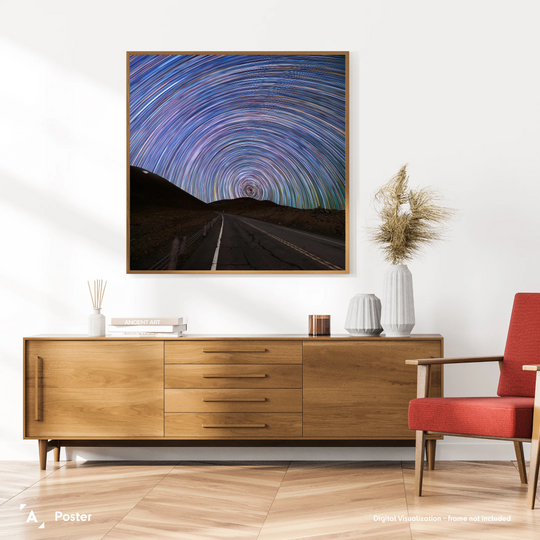


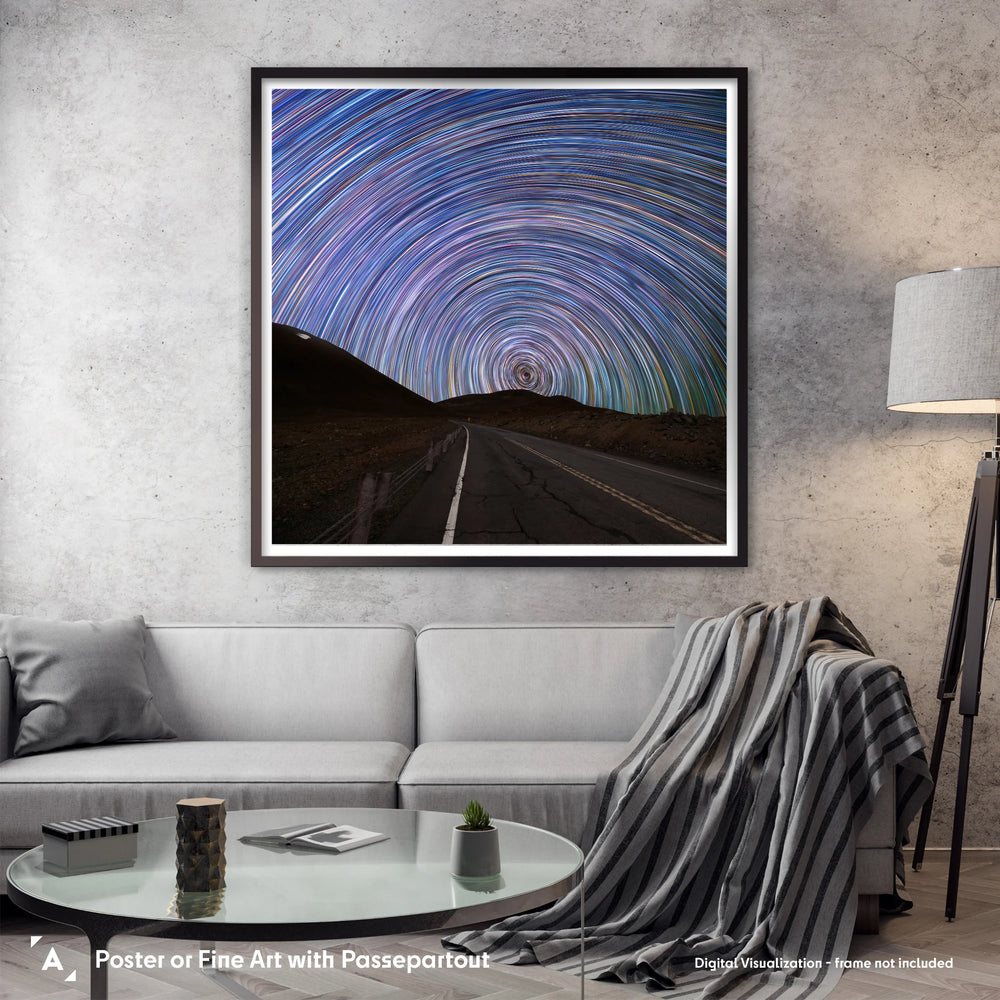
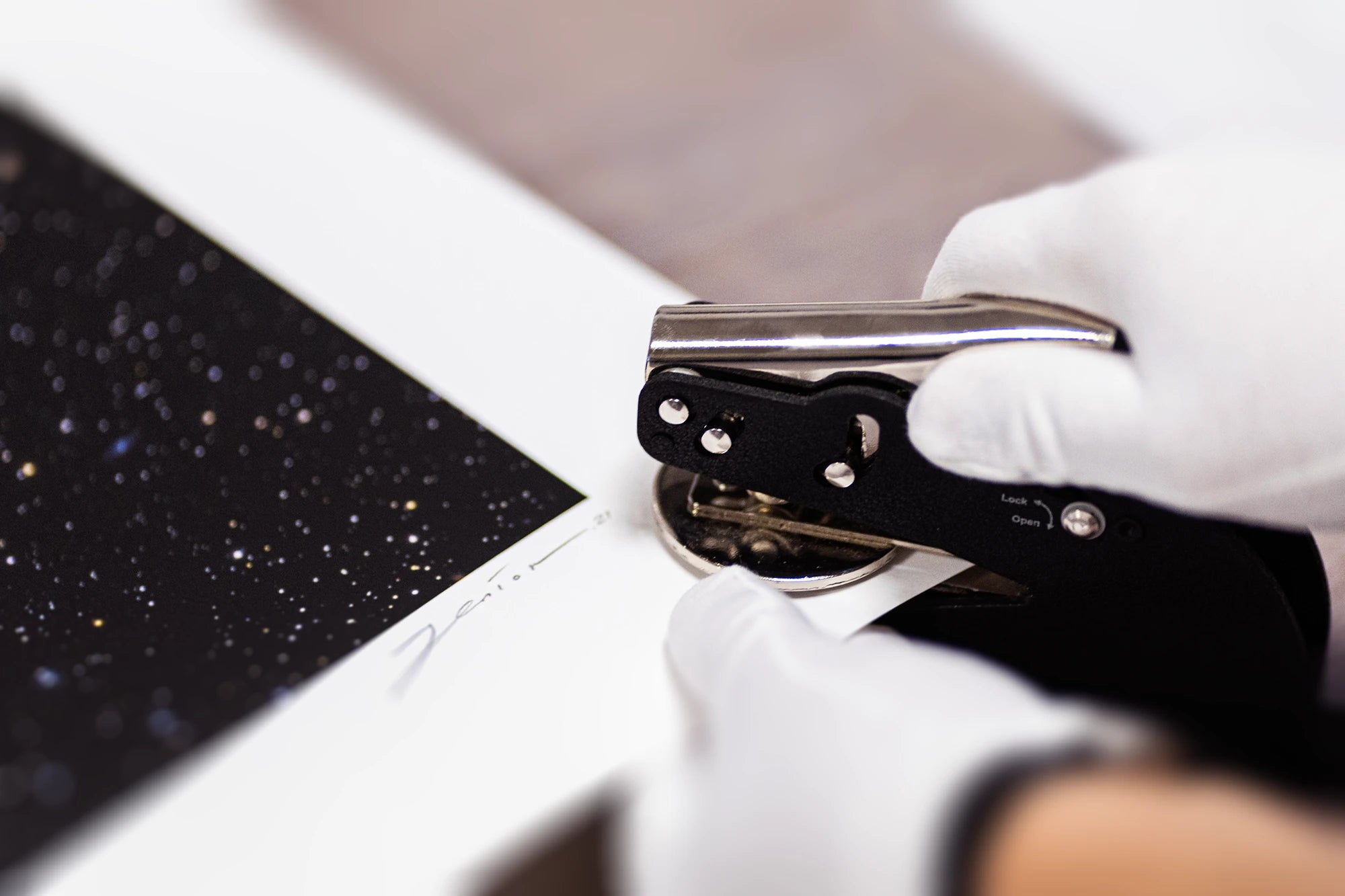
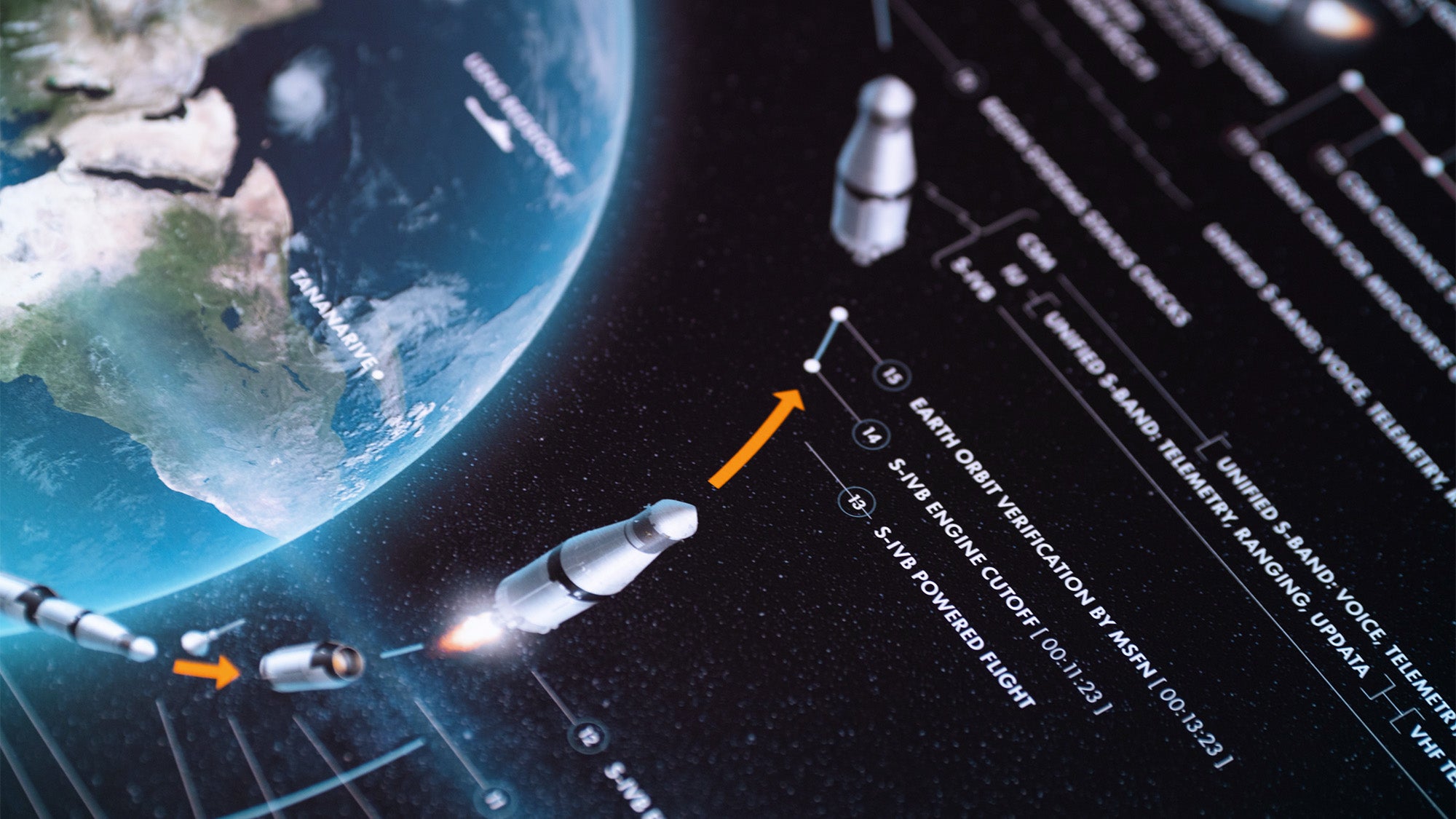
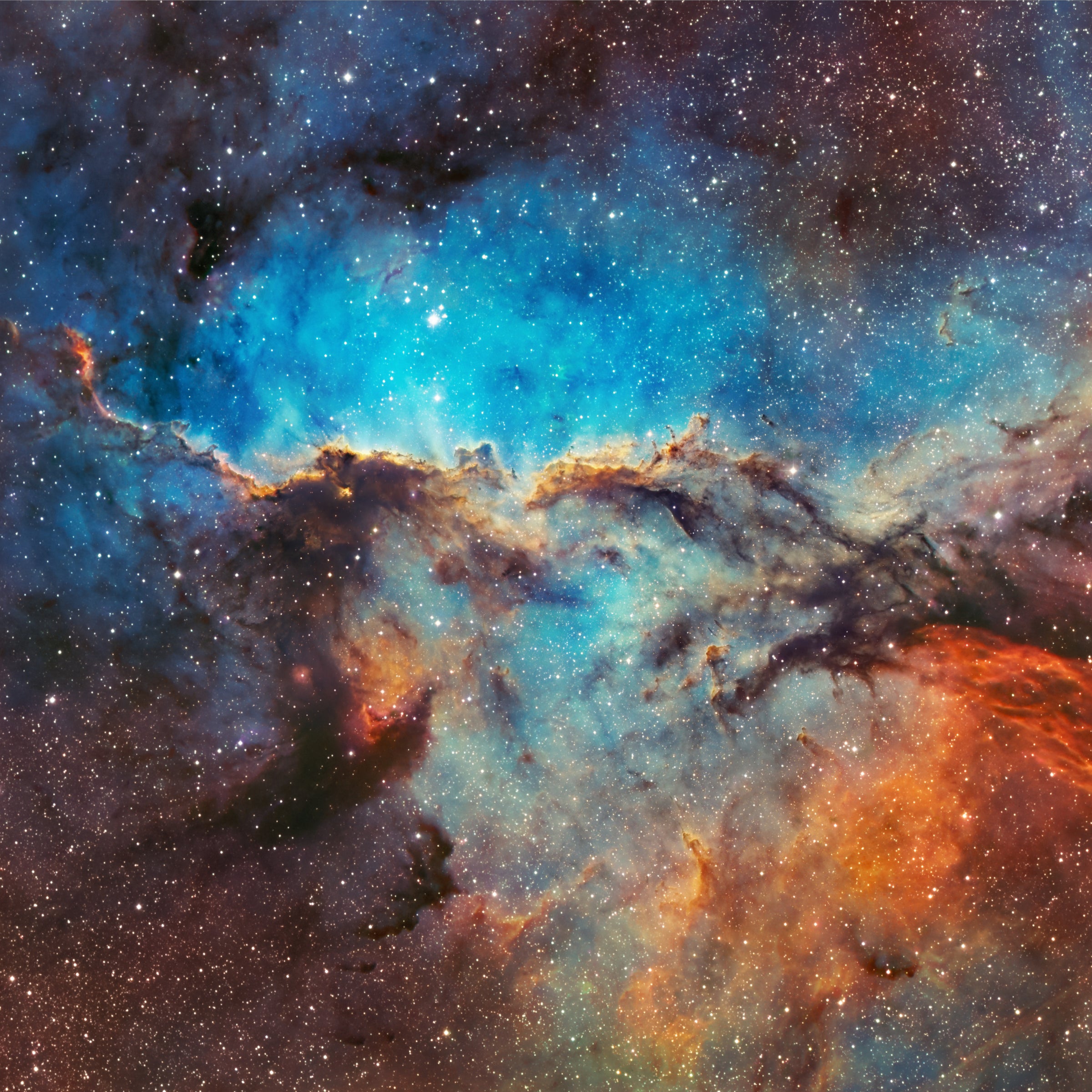
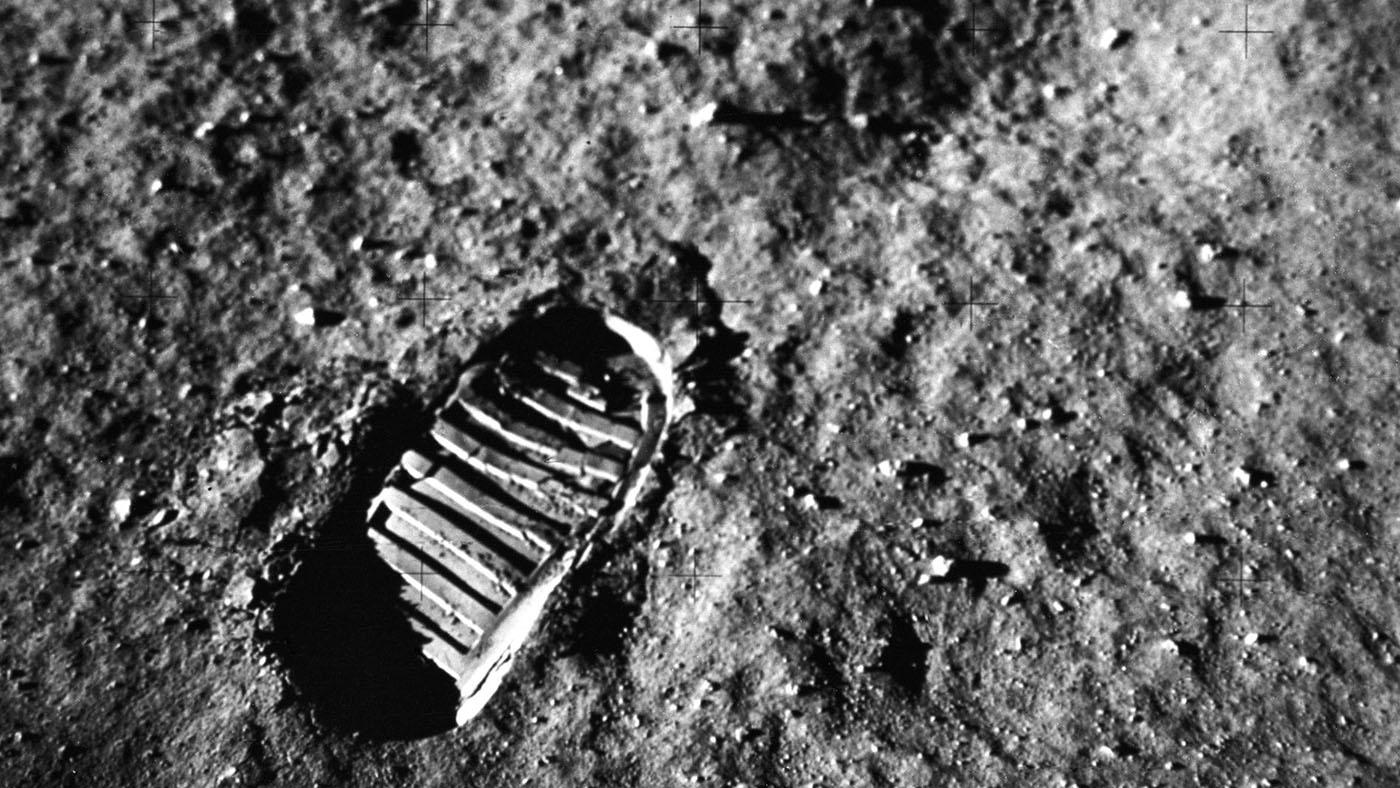
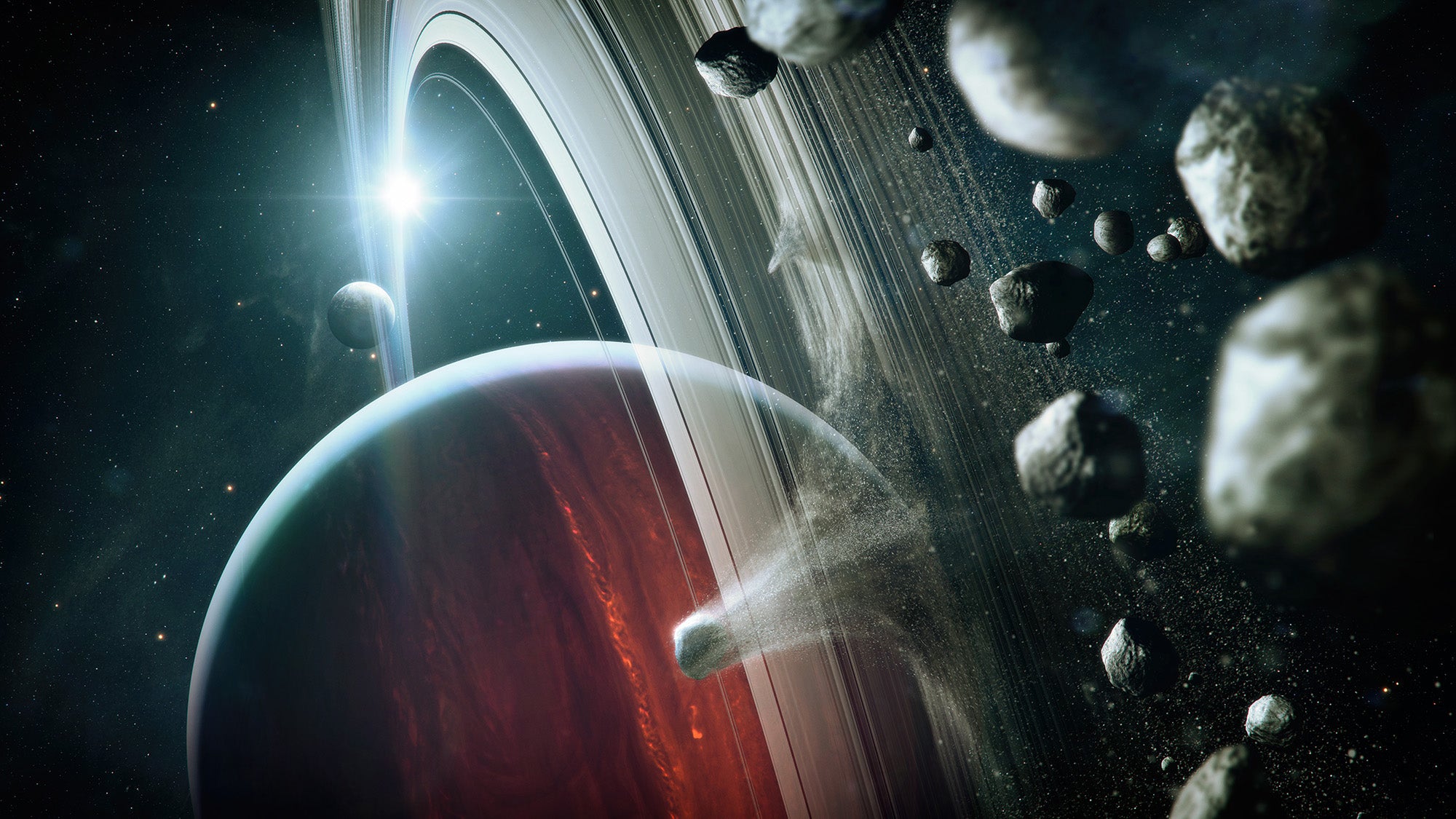
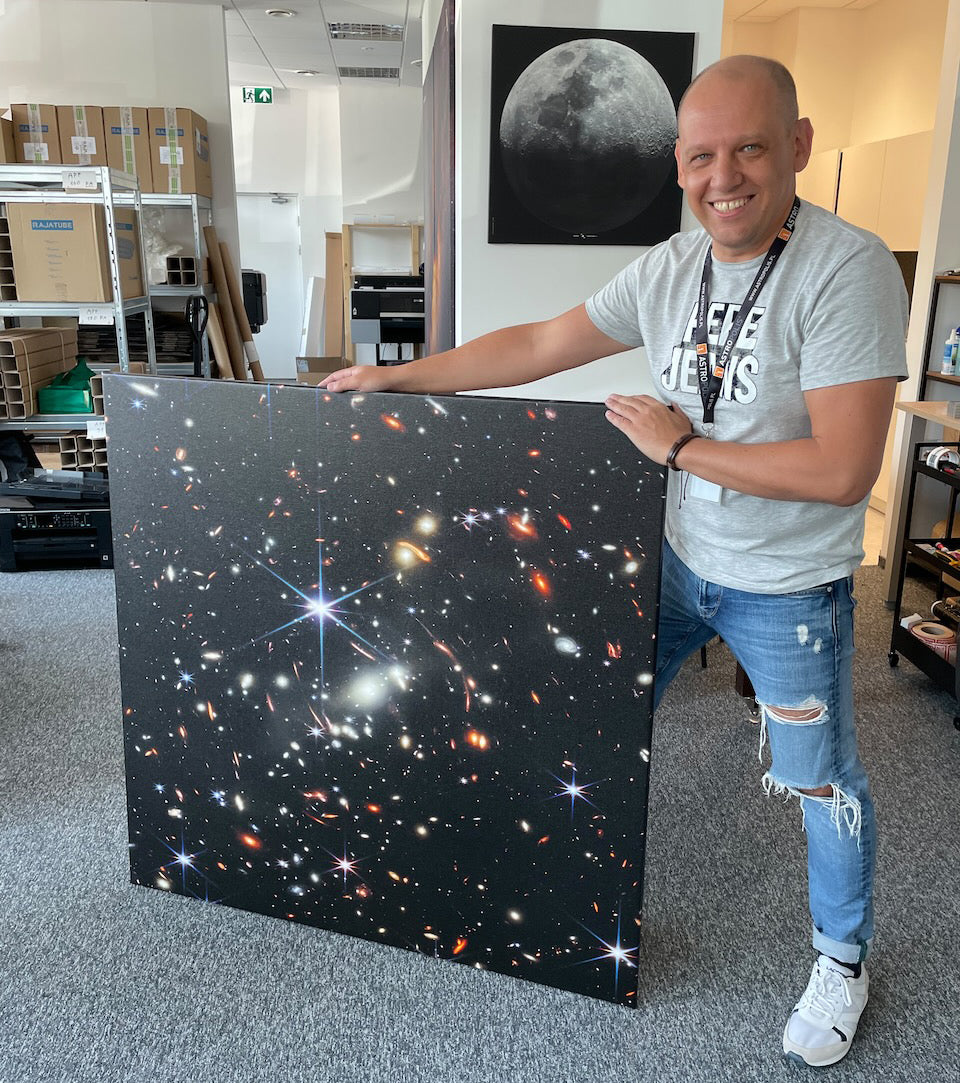
![4 Incredible Space Posters and Wall Art for Man’s Cave [Inspirations]](http://astrography.com/cdn/shop/articles/mans-cave-2-16x9-1_83814d94-574a-4782-a3a0-cf4e59620b81.webp?v=1763116144&width=1080)
